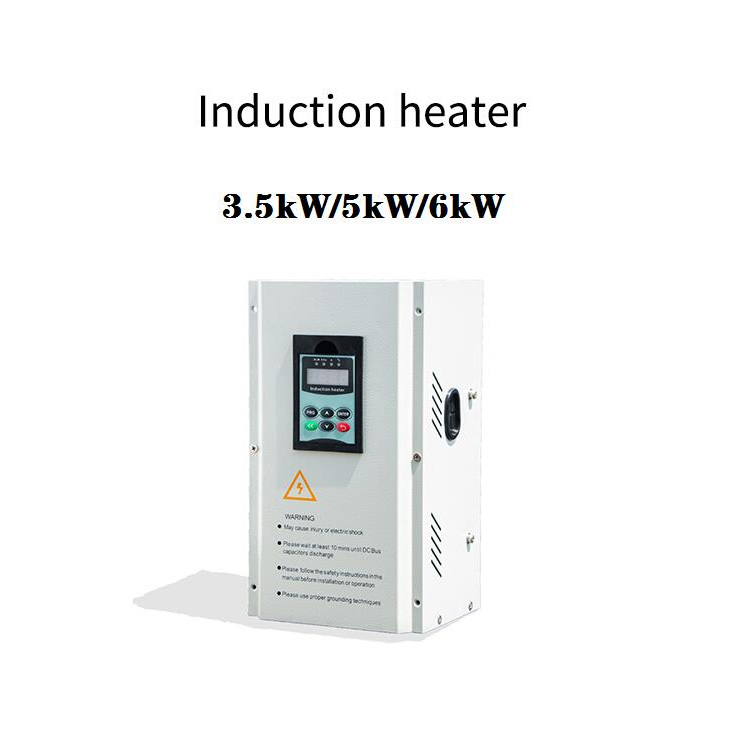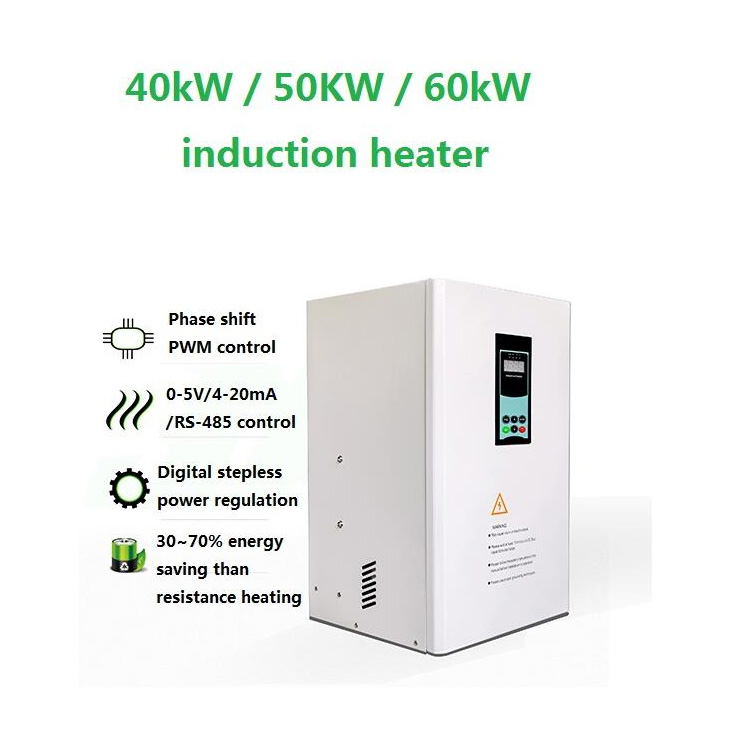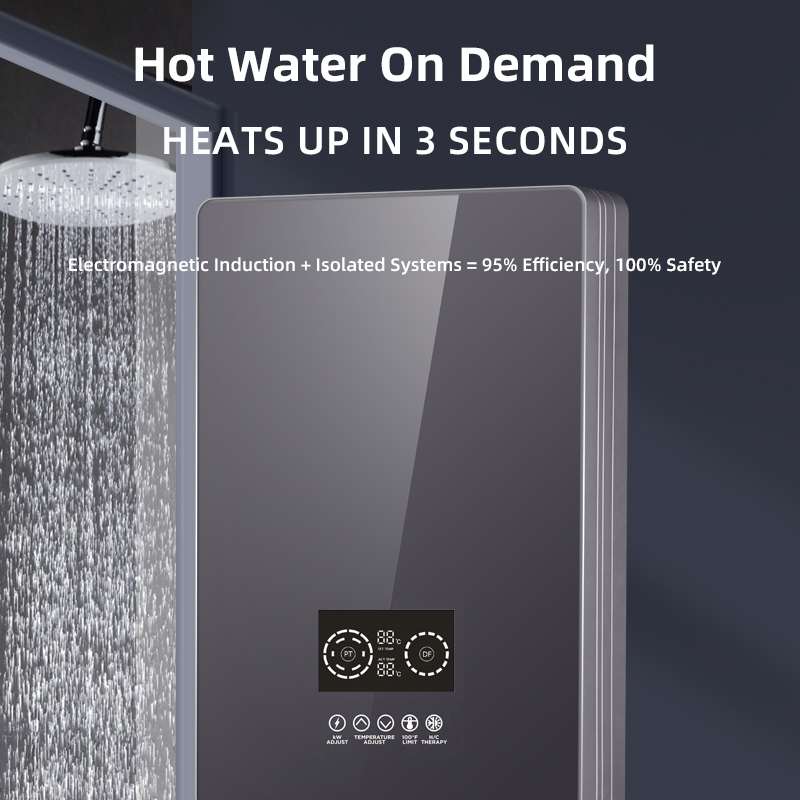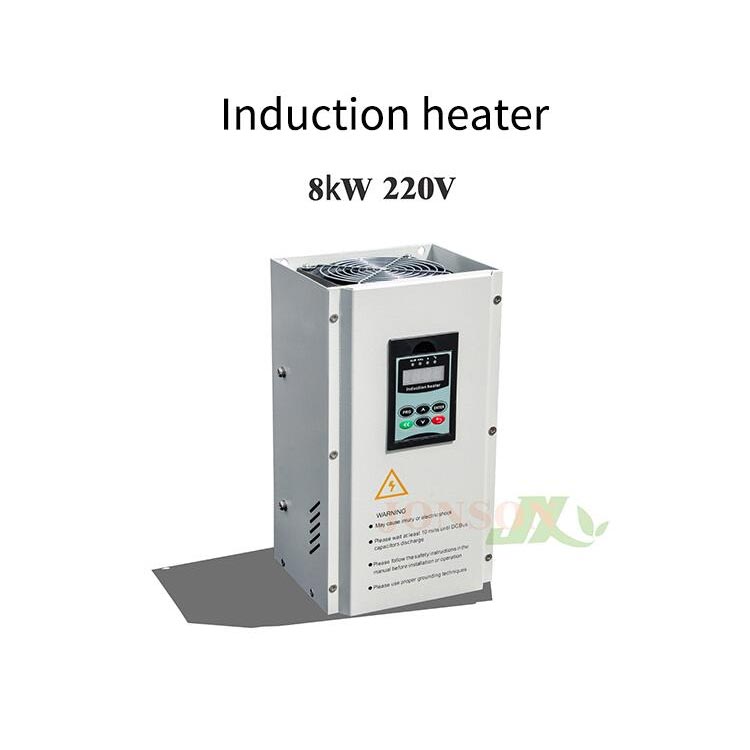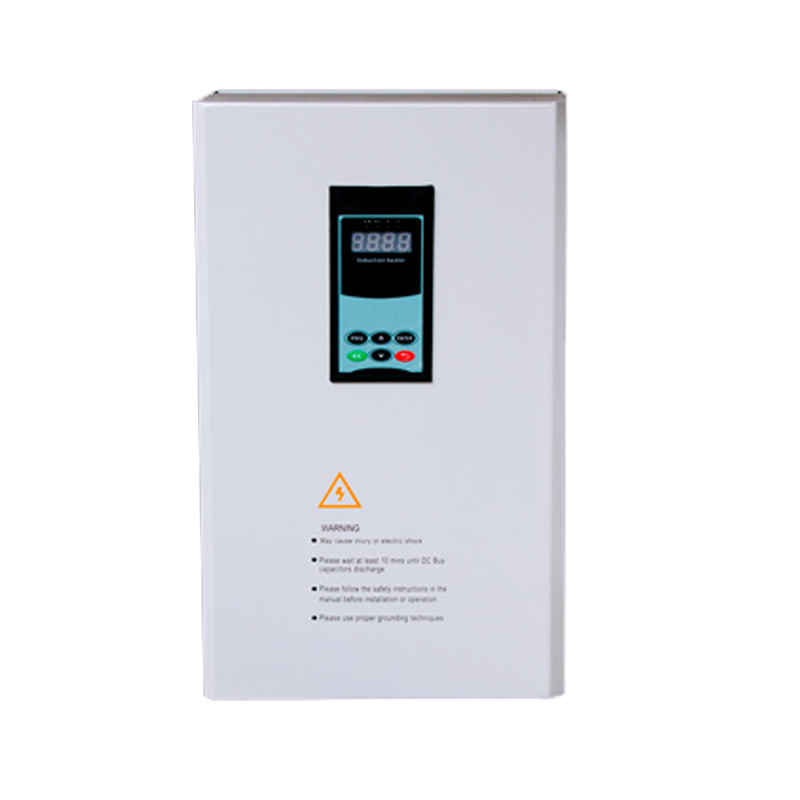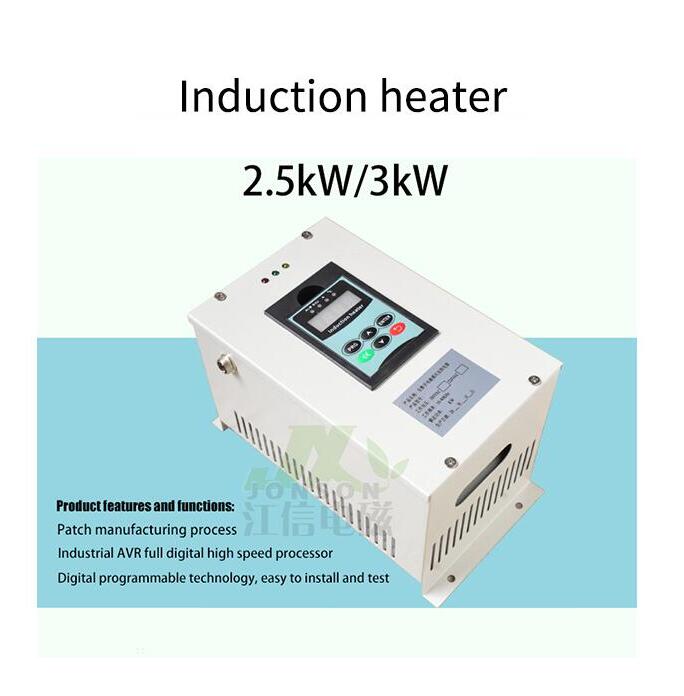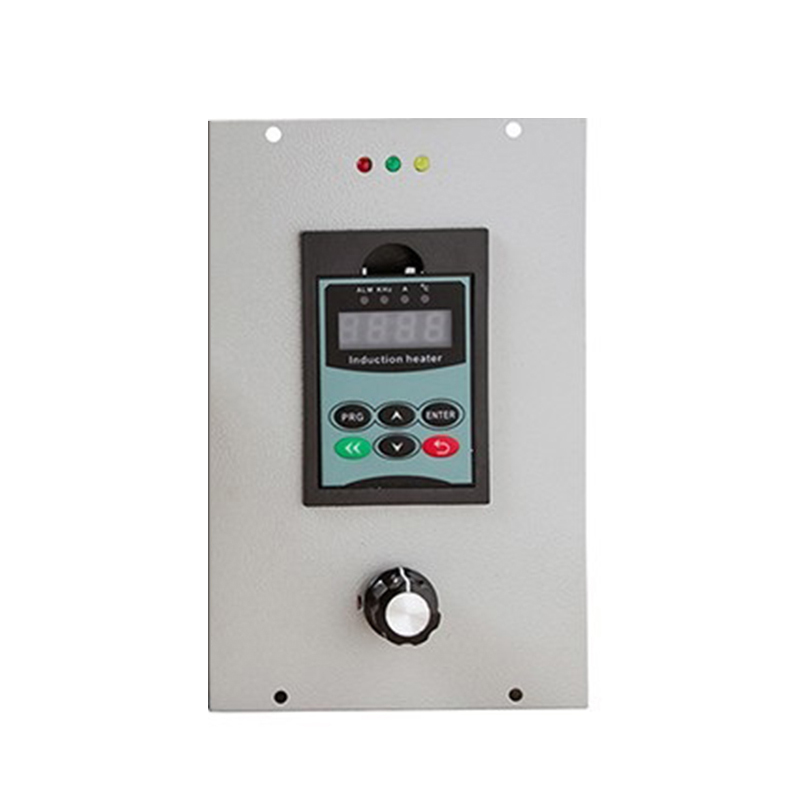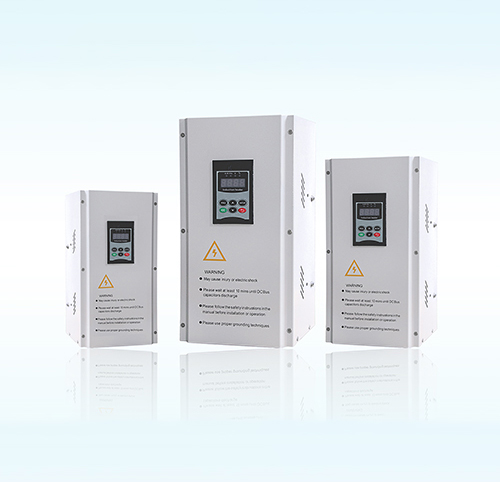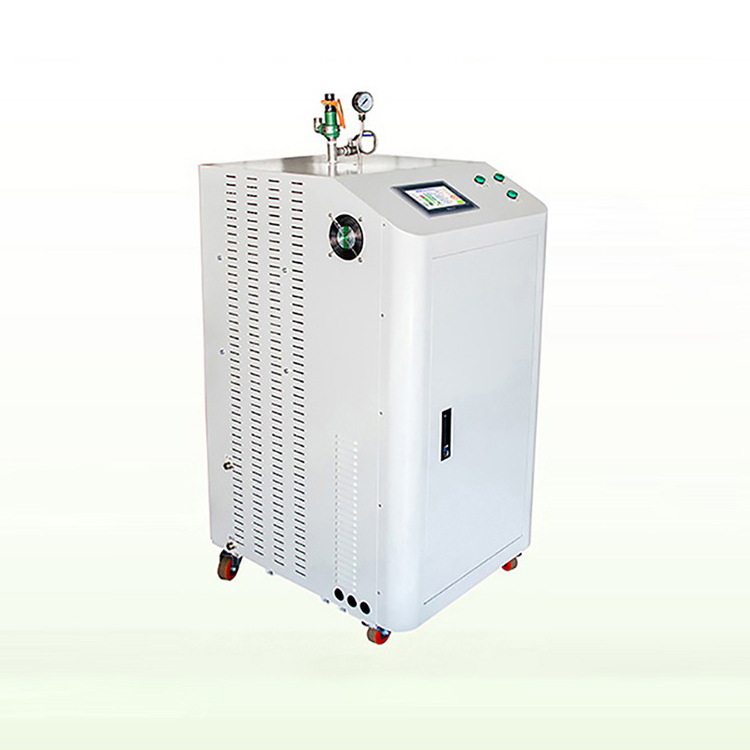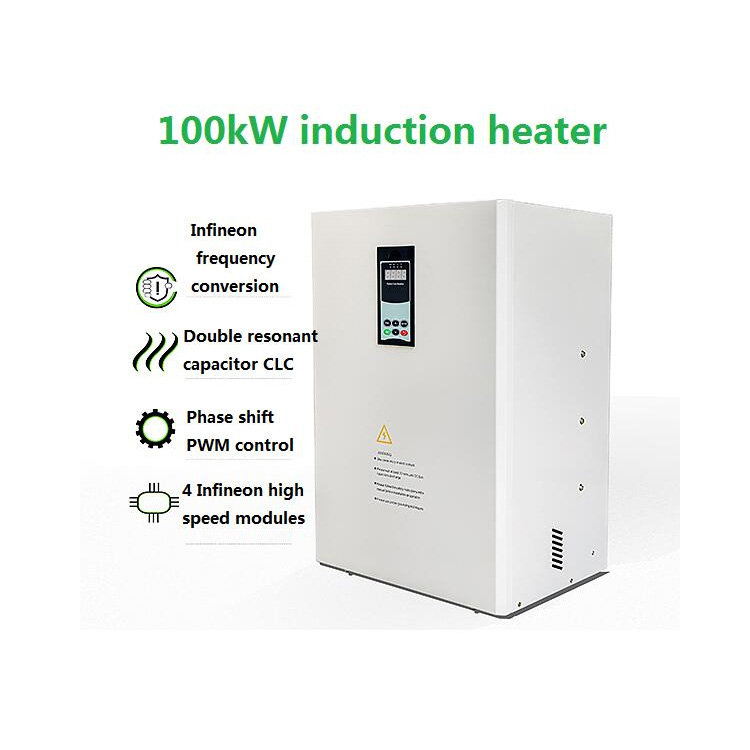In the field of industrial heating, hot air generators are widely used in the stages of drying, roasting, heat treatment and heating processes. In the past, resistance heating was mainly used, but in recent years, induction heating hot air generators are becoming a new mainstream in accordance with the increasing needs for energy saving and environmental protection. There are obvious differences in operating principles, efficiency, stability, cost and application scenes. Let's compare it from different angles.
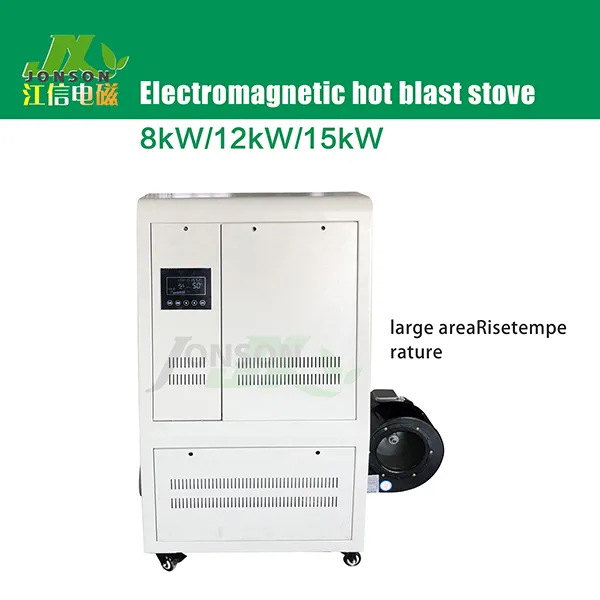
Difference in the heating principle.
Resistive heating: through the electric current through the resistance line or electric heat tube, the electrical energy is converted into thermal energy, and further conducted or radiated to the air to form hot air after heating.
Induction heating: using the principle of electromagnetic induction, the high week wave current generates eddy currents in the metal heated body, directly heating the metal, and the metal heets the air to form hot air.
Key differences: induction heating directly heating the metal body, the energy conversion path is shorter; Resistance heating is inefficient because there is a multi-stage transmission of "electricity, electric heat lines, conduction, and air".
Two, energy efficiency and response speed.
resistance heating
The heating rate is slow and is gradually heated by an electric heat wire.
Thermal efficiency is usually around 70-80%.
The preheating time is longer and the energy consumption is higher.
induction heating
The heating speed is fast, reaching the set temperature in seconds to minutes.
Thermal efficiency is over 90 percent.
They do not require long warm-up periods and are suitable for environments with many fast starts and stops.
On the whole, induction heating is superior in terms of energy saving and efficiency.
Three, temperature control and uniformity.
resistance heating
The temperature control depends on the magnitude of the current and is affected by inertia.
Heat is concentrated near the electric heat wire, which makes the temperature difference more uneven.
induction heating
The temperature can be precisely controlled by adjusting the power supply, with an error of less than ±2 degrees Celsius.
The uniform distribution of heat sources equates the heat of the air and improves product consistency.
Induction heating is more advantageous in processes that require constant temperature and equalization.
Fourth, equipment life and maintenance costs.
resistance heating
The electric wire works at high temperature for a long time, easy to oxidize, burns out, needs regular replacement.
The typical service life is 3000 to 8000 hours, and there is a high maintenance cost.
induction heating
No electric heat wire, the main heating element is metal tube or heating cavity, the durability is strong.
The service life is 20000~30000 hours and the maintenance frequency is low.
Induction heating is clearly superior to resistance heating in terms of long-term maintenance cost.
Fifth, environmental protection and safety.
resistance heating
At high temperatures, oxides may appear on the surface of the electric heat rays.
If the temperature is not controlled, there is a risk of overheating.
induction heating
With the electromagnetic induction method, there is no fire and you can work safely.
Since the heat is concentrated in the metal body, it does not come into contact with the air directly and prevents contamination by impurities.
The operating noise of the equipment is low, in line with the trend of environmentally friendly production.
In terms of safety and environmental protection, induction heating is more suitable for the demands of modern factories.
6. Comparison of investment and application.
resistance heating
It is suitable for small intermittent production with low initial input and low temperature control requirements.
Common examples are drying boxes, small laboratory equipment, and home heaters.
induction heating
The initial investment is somewhat high, but the long-term operation saves energy and the return cycle is fast.
It is suitable for industrial applications such as food drying, pharmaceutical and chemical industries, and metal heat treatment where large scale, continuous, and temperature accuracy are required.
And a selection of advice.
If you want a low initial cost, easy application, heating resistance is still an economical choice.
If you are interested in energy efficiency, stability, long-term costs and environmentally friendly production, an induction heating hot air generator is worth more investment.
Under today's industrial trend emphasizing energy saving and sustainable development, more and more enterprises have started to move to the induction heating method. This can not only effectively reduce the energy consumption produced, but also improve product quality and market competitiveness.

